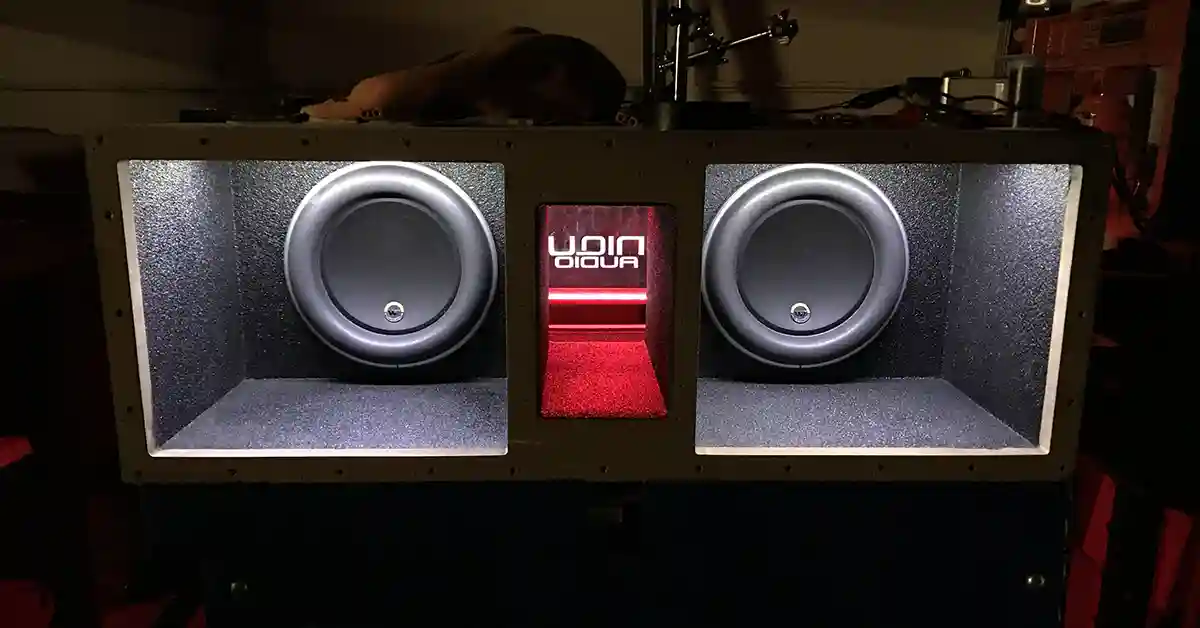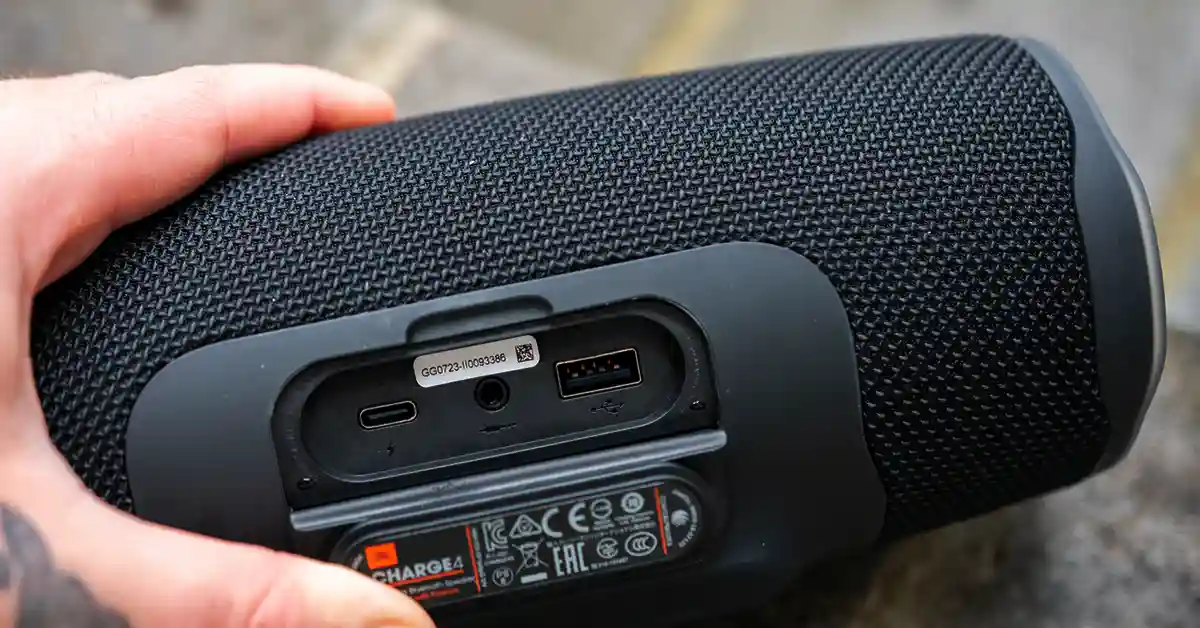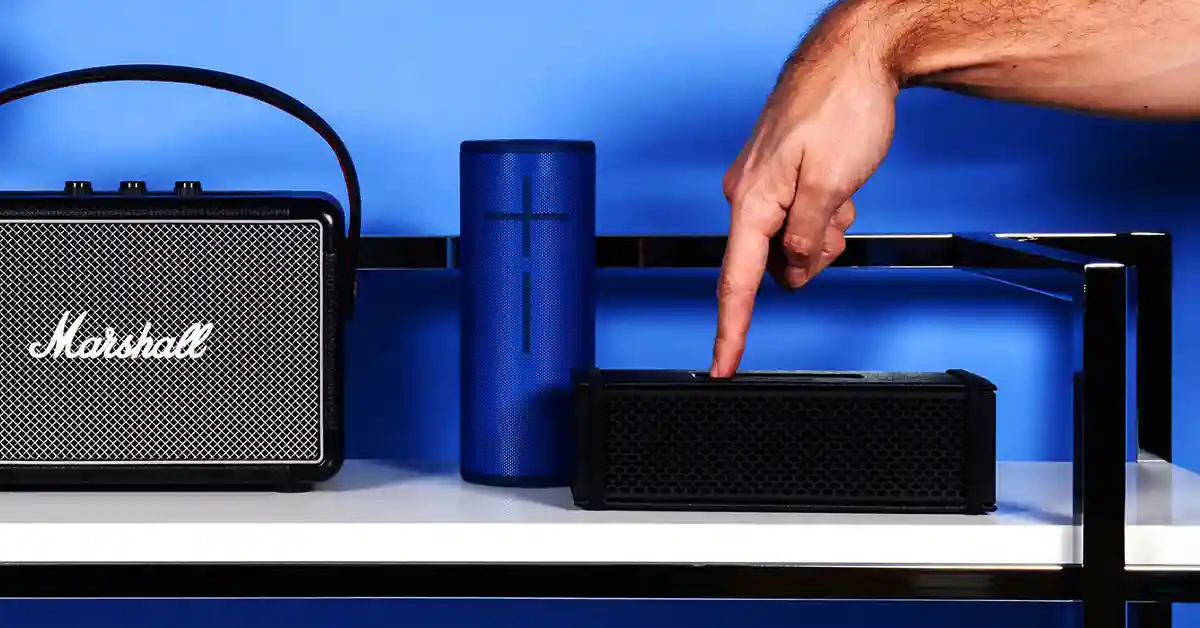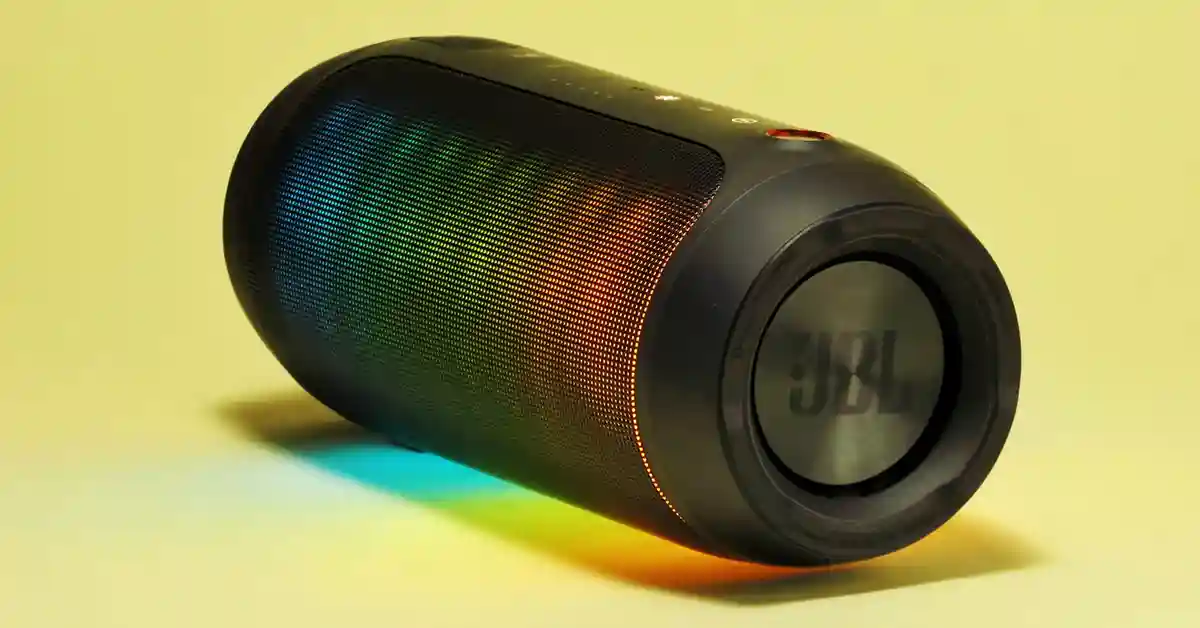How To Fix A Blown Subwoofer
If you landed here while searching for can you fix a blown subwoofer, then you are at the right place! A blown subwoofer is a sorry sight, especially if you love listening to music every day and have saved up for months to invest in passive subwoofers.
This guide shall look at significant causes of blown subwoofers to deduce whether you can repair your old one or need to buy another. Let's get straight to it!

Causes Of A Blown Subwoofer
Before we get to how to fix a blown subwoofer, you need to know why your speaker blew up in the first place:
- A power surge or fluctuation above a constant 120 volts supplied to appliances is the primary reason for a blown subwoofer. The power supply should be steady, and your sound levels should not be turned to the maximum for too long.
- Raising the volume and bass levels very high (169 volts maximum for U.S. appliances) for a long duration will cause damage to the subwoofer cone. Subwoofers can handle plenty of power only in tiny bursts or intervals from a power source.
- Sound distortion and poor audio quality can also cause a blown subwoofer. Do not raise the sound levels to the maximum to test your speaker, as this will only damage your speakers to a greater extent.
Has Your Subwoofer Really Blown?
Discussing how to fix a blown sub is only helpful if you have a blown speaker. If your speakers haven't blown up, then there are other things you might need to do, such as checking your external amplifier instead. The following indicate your active subwoofer has blown up:
- No sound.
- Distorted sounds or scratchy noises.
- Damaged speaker cone.
- Damaged coil or zero resistance voltage.
Signs of a Blown Subwoofer
- Weird Noises/No Sound
There are quite a few signs of a blown subwoofer, including no sound or distorted sound. However, these signs may indicate either of the two subwoofer issues stated below. So, if you hear weird noises like scratching, hissing, or distortions, you might want to check the parts inside.
- Blown Coil/Zero Resistance
To check for a blown voice coil, you need to measure resistance voltage using a multimeter. If the value on your multimeter is not zero or above 1.0 ohms, your coil is okay. If not, you will need to invest in a new speaker. Even though it is possible to repair subwoofer voice coil, it's tricky to do, and a subwoofer replacement is a better option.
- Damaged Speaker Cone
Type of sound and audio playback can usually help indicate damaged speaker cones. Distorted sound is one of them. However, if the audio cannot be heard, a replacement is necessary.
Even though we do not have a definite answer to how to fix a blown speaker voice coil, we do know that a partially damaged cone can be fixed. To verify damage, you can remove the cover to observe and test the cone. Some covers can be removed easily, while others may have to be gently unscrewed. The cone should show no signs of damage, be intact, and bounce back.
To learn a bit more, make sure to watch the video below on how to remove a speaker cone and grill.
Can a Blown Subwoofer Be Fixed?
So, can you fix a blown subwoofer? Yes, and no. It depends on your choice and how badly your subwoofers have been damaged.
Solutions To A Blown Subwoofer
Learn how to fix a subwoofer only if you cannot claim your product's warranty if it's old or cannot be exchanged. Otherwise, getting a replacement is a brilliant idea.
Disconnect powered subwoofers from other devices to prevent damage to other equipment.

How To Repair A Blown Subwoofer?
In this section, we shall go through a step-by-step guide on how to fix a broken subwoofer. Gather the following equipment:
- Air Compressor
- Glue
- Screwdriver
- Soldering Iron
- Putty Knife
- Multimeter
- New Voice Coil And Spider
- Microfiber Cloth
- Cone Replacement Kit
Step 1: Assess The Voice Coil
It's essential to assess the voice coil to see the level of damage and deduce whether the coil is causing issues in the first place. Your coil may appear burnt or punctured. Use a multimeter to check the coil terminals. If there is zero resistance, this means your coil is damaged.
Step 2: Check The Speaker Cone
If your voice coil is functioning correctly, you might have an issue with the speaker cone. You might also notice scratchy or distorted sounds when you play sounds using your subwoofer. Speaker cones have a suspension system which makes it easy to check for damage. Use gentle force to push the circumference of the cone. It should sink but eventually bounce back into place if it's not damaged.
Step 3: Detach The Speaker From Its Frame
Once you have discovered the cause of your blown subwoofer, you need to remove the components from inside the frame to start repair. Use a screwdriver to unscrew the speaker frame and other parts. Remove all pre-attached wires but label them for reconnection later.
Step 4: Remove The Speaker Surround
Once the frame is removed, you will need to extract the surround. Use a putty knife or sharp blade to get it unstuck and remove the glue. Ensure you are careful to avoid puncturing the frame edges.
Step 5: Remove The Voice Coil And Speaker Cone
Using the hobby knife or sharp object in the previous step, you need to go ahead and gently remove the voice coil and speaker cone. Detach terminal wires and handle the spider, cone, and coil gently.
Step 6: Replacing the Voice Coil
Clean all parts gently using a microfiber cloth to get rid of dust particles and debris. Use an air compressor to clean the coil and air subwoofer thoroughly. Place the new voice coil inside the voice coil gap with a new spider.
Glue the coil into place and make sure it's centered. Allow the glue to dry thoroughly for at least a day.
Next, reconnect all the wiring and screw back your frame after placing all other parts in their places. Test your speakers to ensure they work before completing the restoration process.
Frequently Asked Questions
Is It Worth Repairing A Subwoofer?
It depends, but completely damaged subwoofers are not worth repairing. It's always better to repair a new pair or vintage one that is a keepsake. This way, you will not have to throw out an expensive or vintage subwoofer that holds some kind of importance in your life. Otherwise, replacing them is always a better option.
What Happens When A Subwoofer Blows?
When your subwoofer blows up, you are likely to notice distorted audio signals, scratching sounds, and poor sound quality. It is also possible that your subwoofer might stop playing sounds at all. A close examination may allow you to see burnt coils and wiring and a flimsy speaker cone. You can also check the resistance using a multimeter to ensure that it is within the desired range of a working subwoofer (above 1.0 ohms).
How Do I know If I Blew My Subwoofer?
Apart from poor audio quality, you can test the speaker cone and check for voltage resistance. Zero electrical resistance indicates a blown coil.
How Do You Fix A Dead Subwoofer?
It's better to claim a warranty or get subwoofer replacement speakers. You can replace the speaker coil with a new one if it's causing an issue.
How Much Does It Cost To Fix A Blown Subwoofer?
The repair cost depends on the speaker model and brand. Most repairs will cost around $25 to $100. Replacing speaker parts entirely is the most expensive. Fixing wiring and replacing smaller parts will cost you a lot less, but this is only if you repair it yourself. Vendor repairs may even cost you up to $300. They might also charge for maintenance if required.
How To Fix A Subwoofer With No Sound?
Play around with your volume levels and controls to see if your subwoofer responds. Ensure all wiring is intact and the passive subwoofers have continuous power. If all fails, you can check resistance and coil for damage.
Subwoofer Blown Voice Coil Symptoms
The following symptoms indicate a blown voice coil or defective subwoofer:
- Fuzzy or faint noises.
- Scratchy sound.
- Hissing and rattling sound at standard distortion.
- Raising the volume makes the audio quality worse.
Blown Subwoofer Sound
Distorted noises or the absence of normal sound indicate a blown subwoofer. Raising or lowering the sound will also fail to provide high quality audio if your subwoofer is damaged.
What Happens When A Subwoofer Blows?
The coil or cone is damaged when a subwoofer blows up. You will experience distorted sound or no audio.
Can You Fix A Blown Subwoofer?
Yes, as long as the voice coil or cone is not damaged beyond repair. Replace the faulty parts to get your subwoofer working like new.
How To Tell If Subwoofer Is Blown?
Poor quality sound is the first indicator of a blown subwoofer. You can further test the cone and coil to identify the underlying problem.
Conclusion
We hope you found this guide useful. If your subwoofer has not taken on extreme damage, we suggest you perform self-repair using the steps in the how to fix a blown subwoofer section above. You can also watch videos to check resistance and examine the parts inside for damage. Get replacement parts accordingly. If you are really unsure, take your subwoofer to a repair shop.
If your speakers are damaged beyond repair, it is better to invest in a new pair, claim a warranty or get a replacement. However, it is always a good idea to try and save an expensive pair or vintage set. Good Luck!
Related Articles








